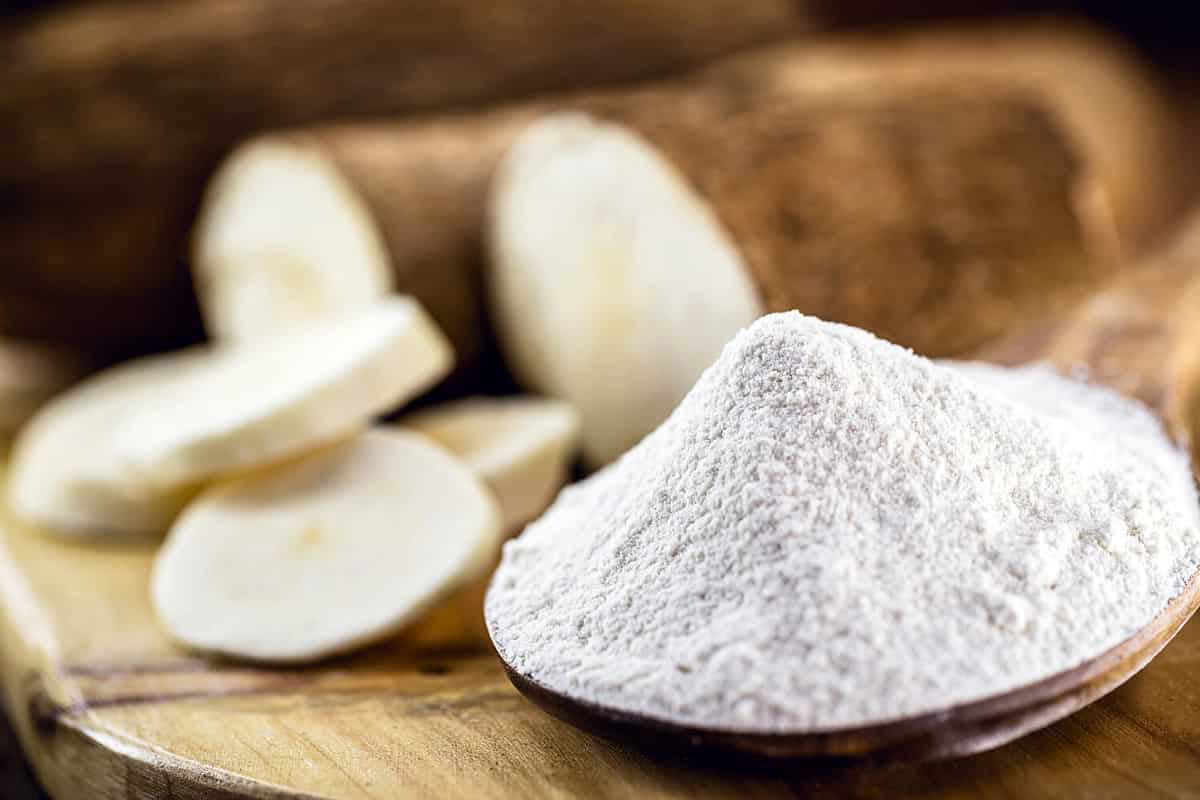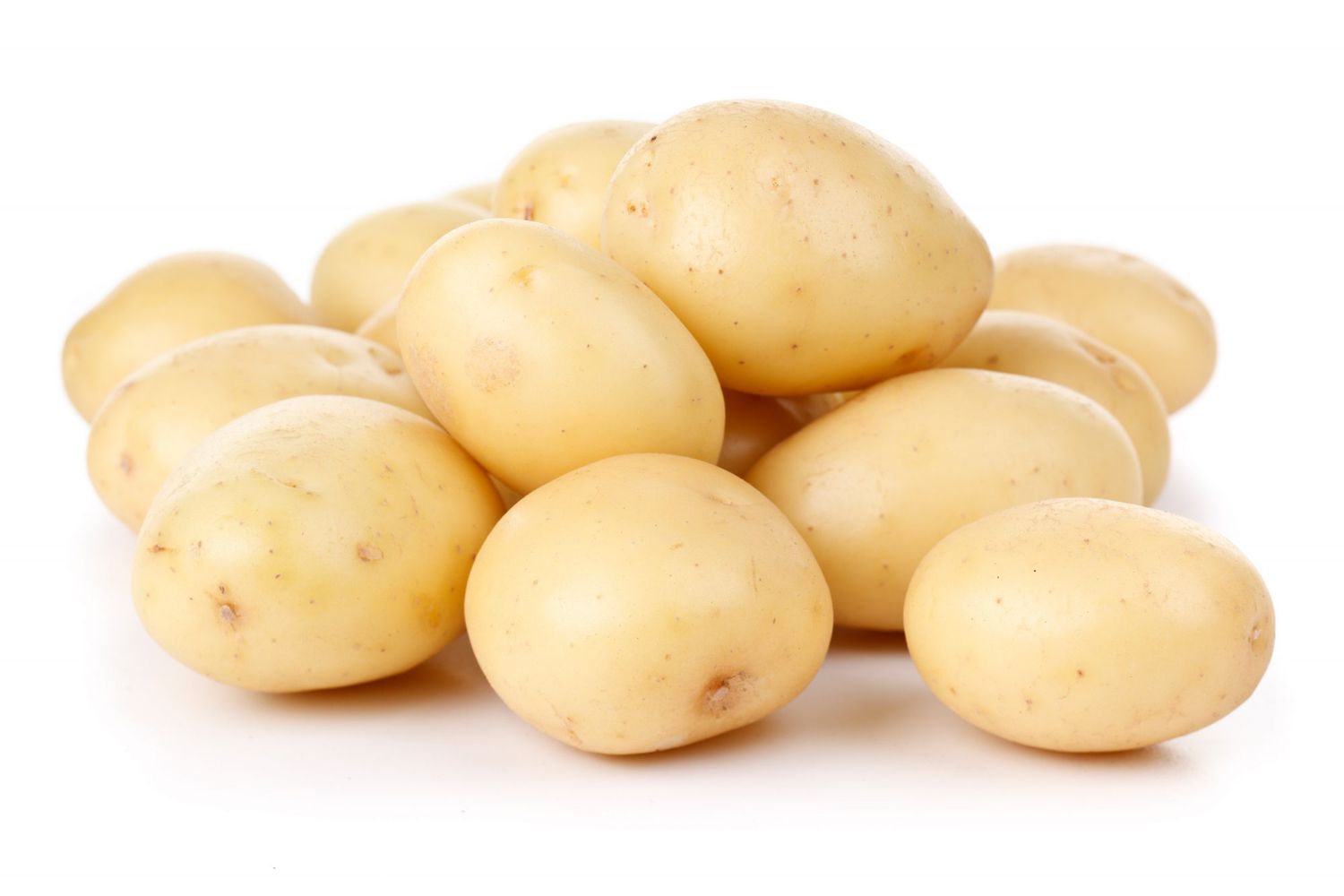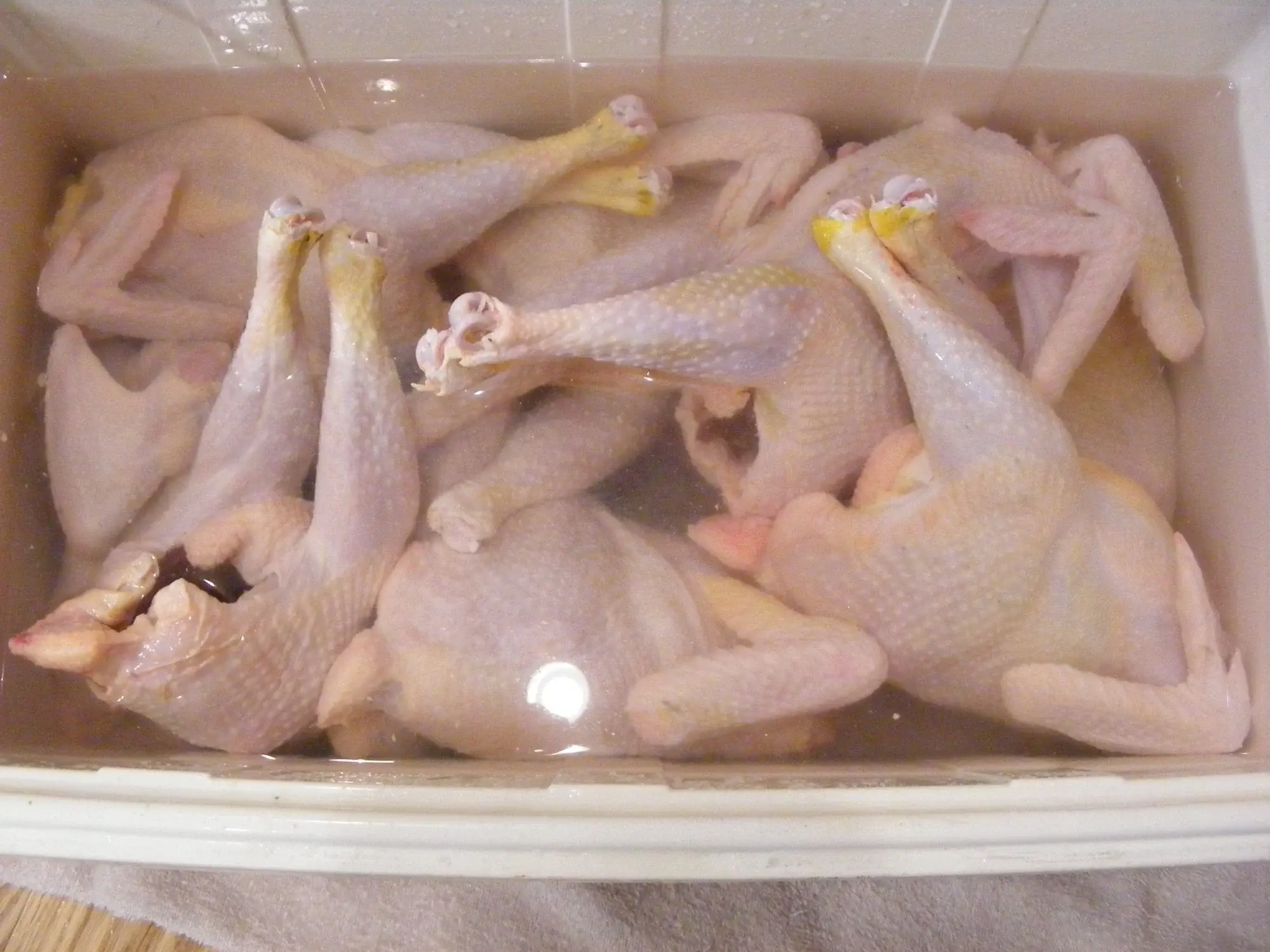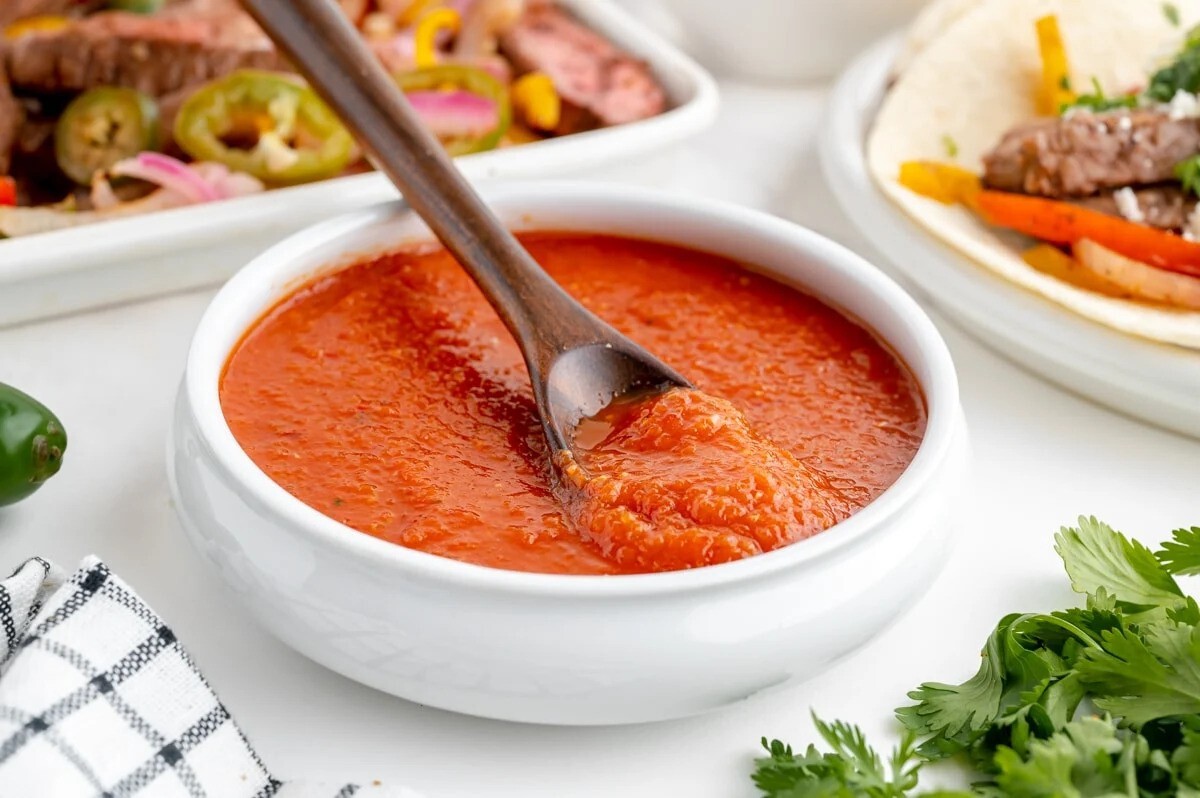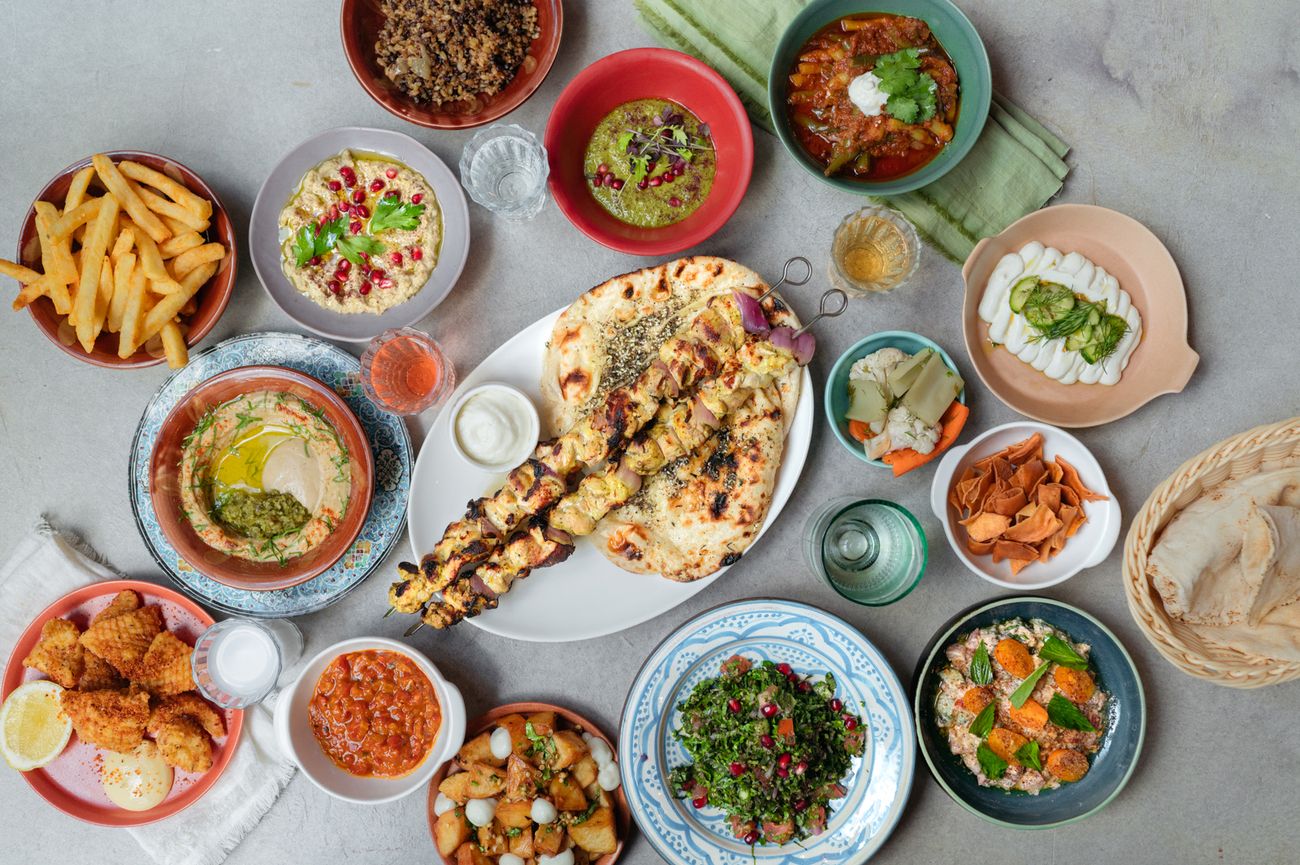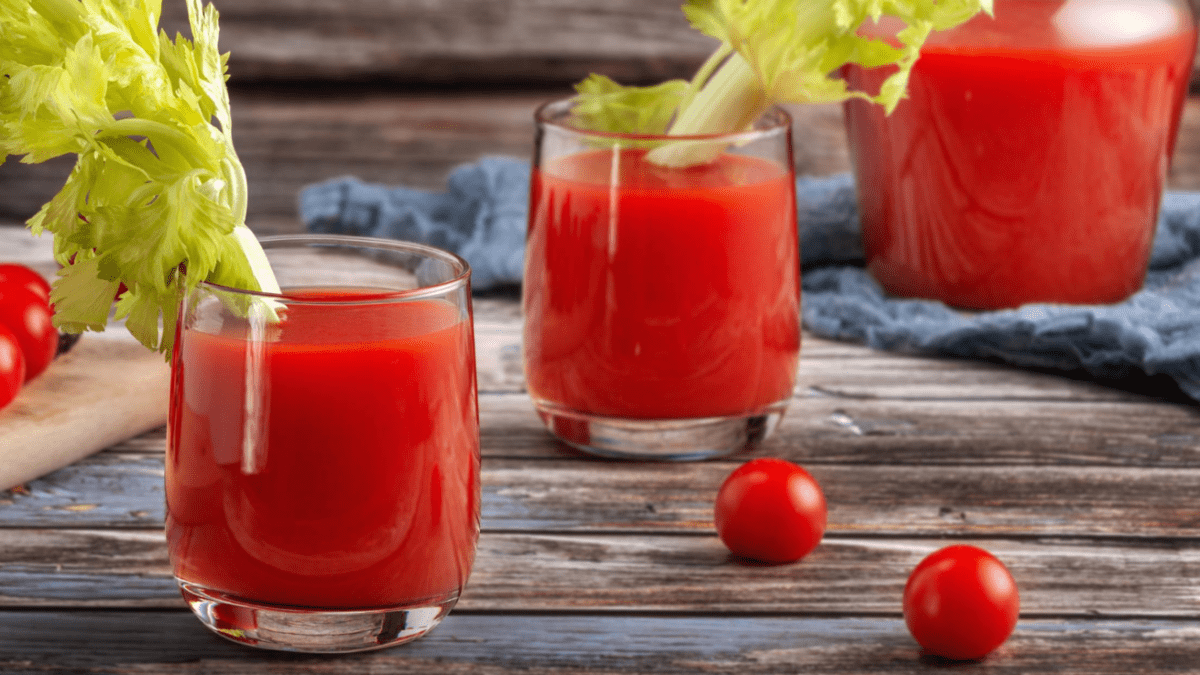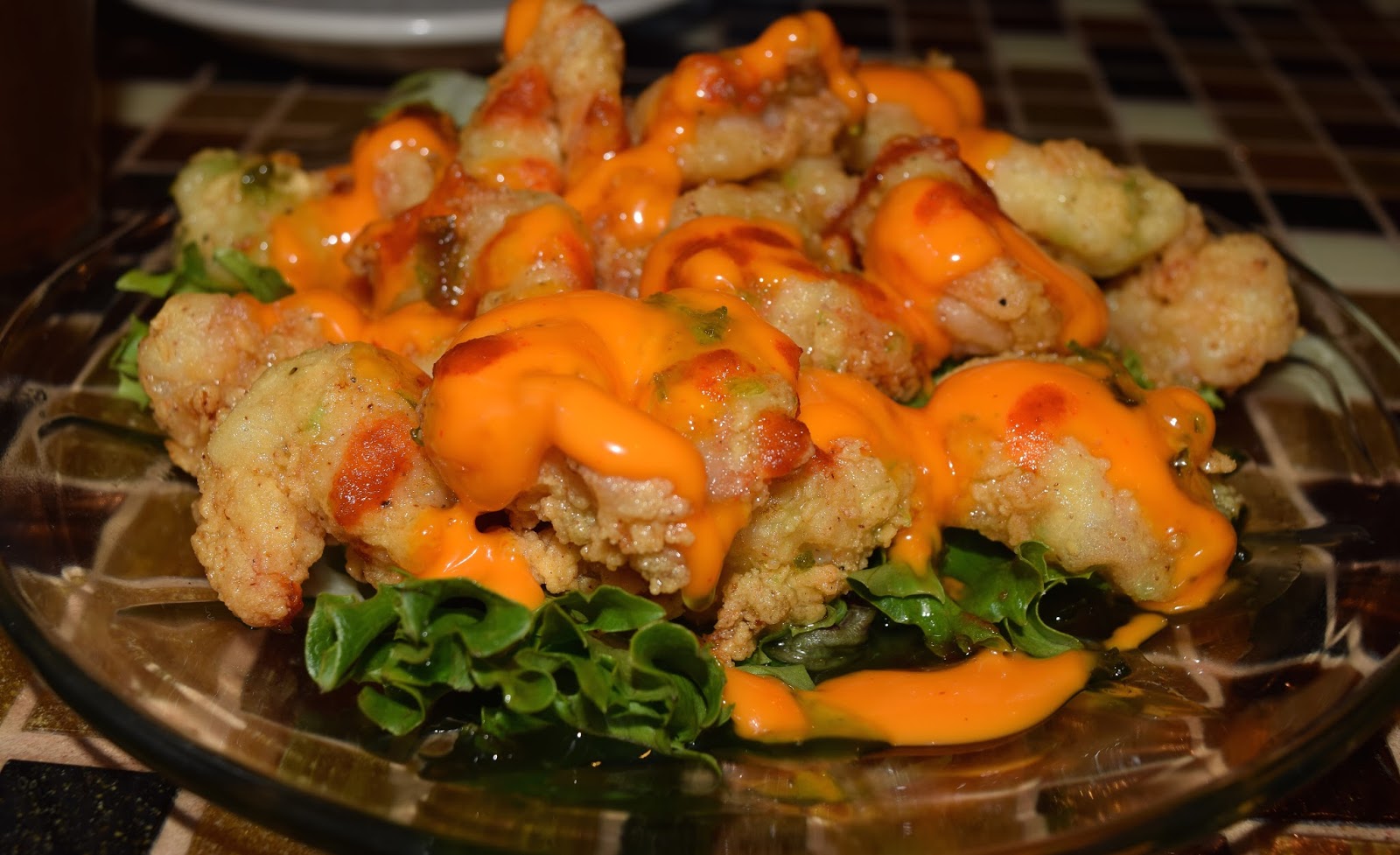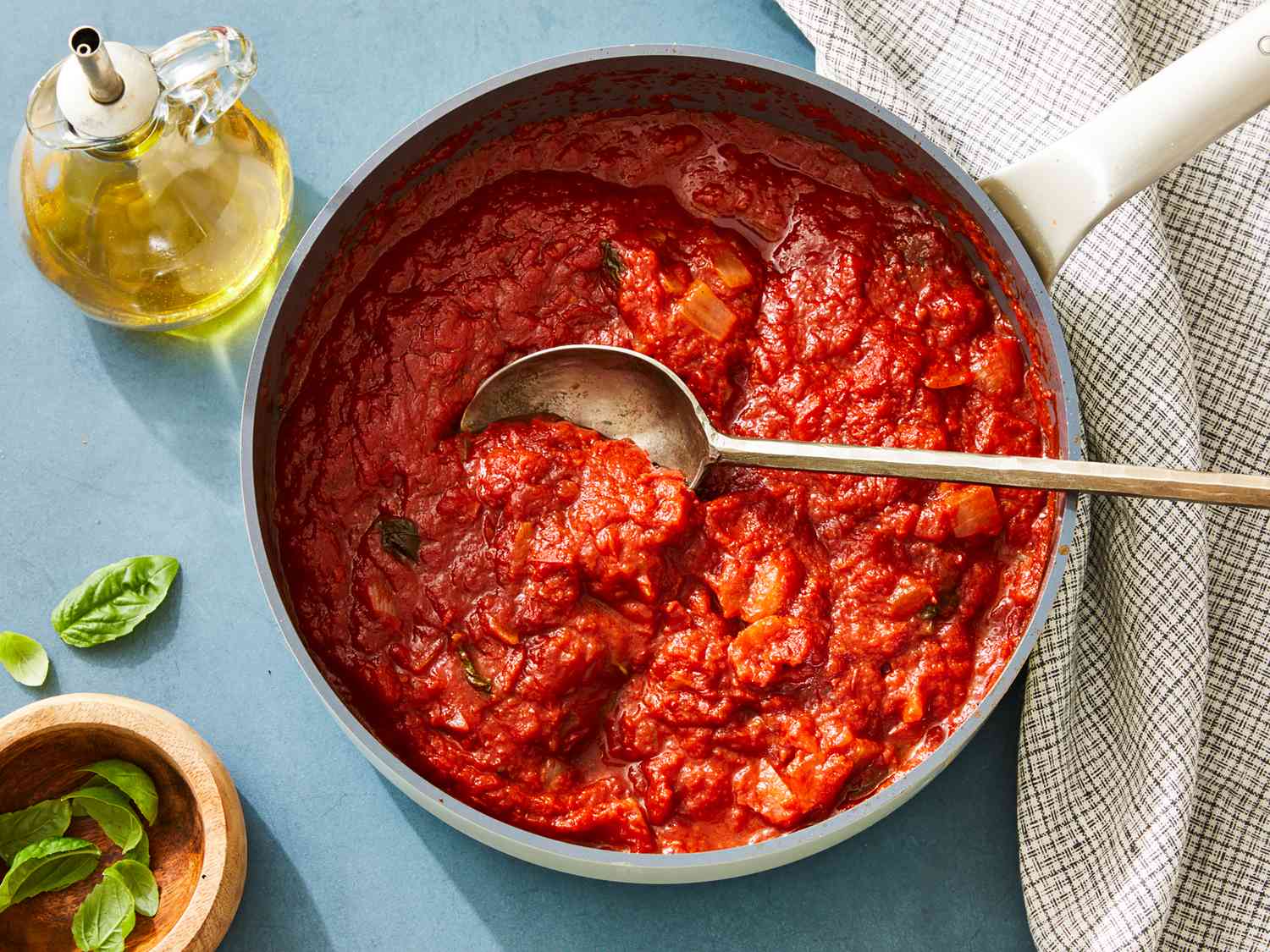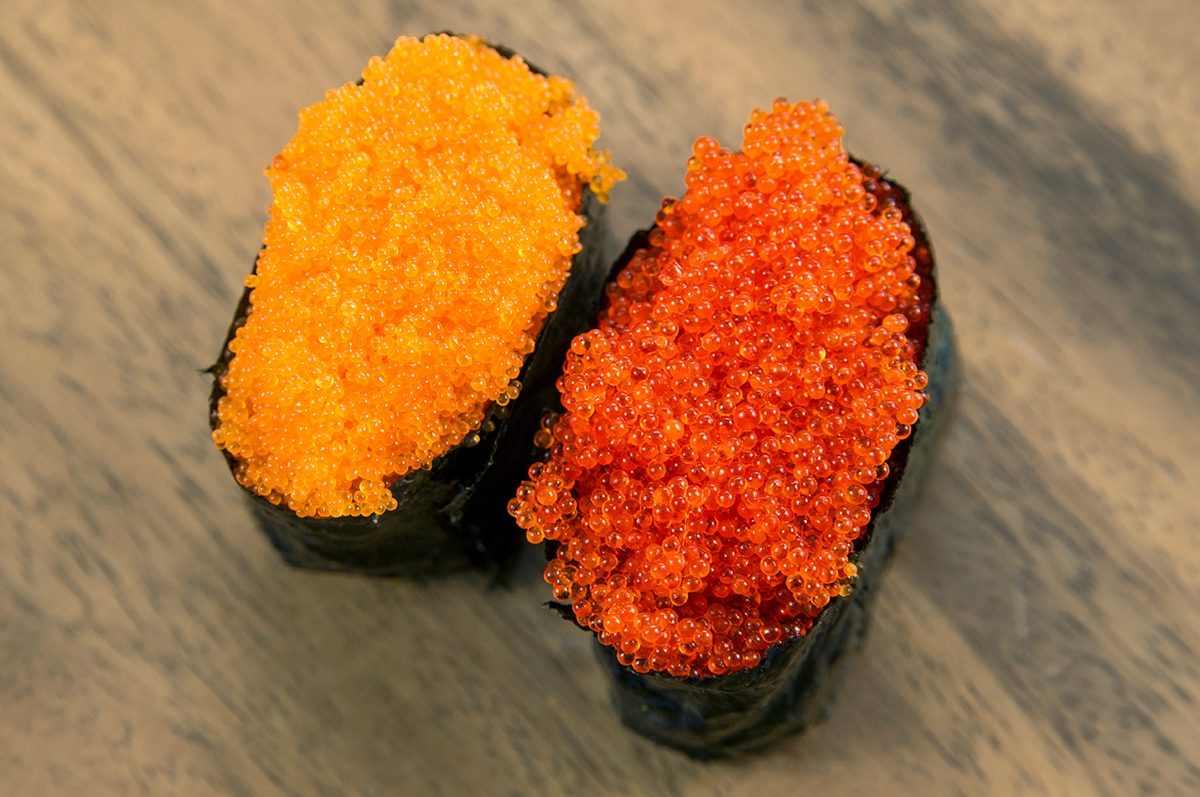Discovering the Delightful World of Zwieback
Have you ever heard of zwieback? If not, you’re in for a treat! Zwieback is a type of crispy, sweetened bread that has been enjoyed for centuries. It originated in Europe and has since become popular in many parts of the world. Let’s delve into the delightful world of zwieback and learn more about this unique and delicious treat.
What is Zwieback?
Zwieback is a type of bread that is baked twice to achieve its characteristic crispiness. The word “zwieback” is of German origin, with “zwei” meaning “twice” and “backen” meaning “to bake.” This double baking process gives zwieback its crunchy texture, making it perfect for snacking or as an accompaniment to hot beverages.
History of Zwieback
Zwieback has a rich history that dates back to ancient times. It is believed to have originated in Europe, where it was initially made as a way to preserve bread and make it last longer. The double baking process not only extended the shelf life of the bread but also transformed it into a delicious and crunchy snack.
Over the years, zwieback has become a beloved treat in many cultures. It is often enjoyed by people of all ages and is commonly given to babies as a teething biscuit due to its gentle texture and mild sweetness.
How is Zwieback Made?
The process of making zwieback begins with baking a loaf of bread. Once the bread is fully baked, it is sliced into individual pieces and then baked again at a lower temperature. This second baking dries out the bread and gives it the crispy texture that zwieback is known for.
Zwieback can be made with various types of bread, including white, whole wheat, or rye. It is often sweetened with sugar and flavored with spices such as cinnamon or nutmeg to enhance its taste.
Ways to Enjoy Zwieback
Zwieback can be enjoyed in a variety of ways, making it a versatile and delicious snack. Here are some popular ways to savor zwieback:
- Spread with butter or jam for a simple yet satisfying treat
- Dunked into hot beverages such as tea, coffee, or hot chocolate
- Crumbled over yogurt or ice cream for added crunch
- Used as a base for cheesecakes or pie crusts
Whether enjoyed on its own or as part of a creative recipe, zwieback adds a delightful crunch and sweetness to any dish.
Health Benefits of Zwieback
While zwieback is undoubtedly a tasty snack, it also offers some nutritional benefits. As it is often made with whole wheat or rye bread, zwieback can be a good source of fiber and essential nutrients. Additionally, its mild sweetness makes it a healthier alternative to many other sugary snacks.
When enjoyed in moderation as part of a balanced diet, zwieback can be a wholesome and satisfying treat for people of all ages.
Conclusion
Zwieback is a delightful and versatile snack with a rich history and a delicious taste. Whether enjoyed on its own or incorporated into creative recipes, zwieback is a beloved treat that continues to captivate the taste buds of people around the world. So, the next time you’re looking for a crispy and sweet snack, consider reaching for a piece of zwieback and savoring its timeless appeal.
Now that you know all about zwieback, why not give it a try and experience its delightful crunch and flavor for yourself?
Was this page helpful?
Read Next: What Is T. Marzetti?
